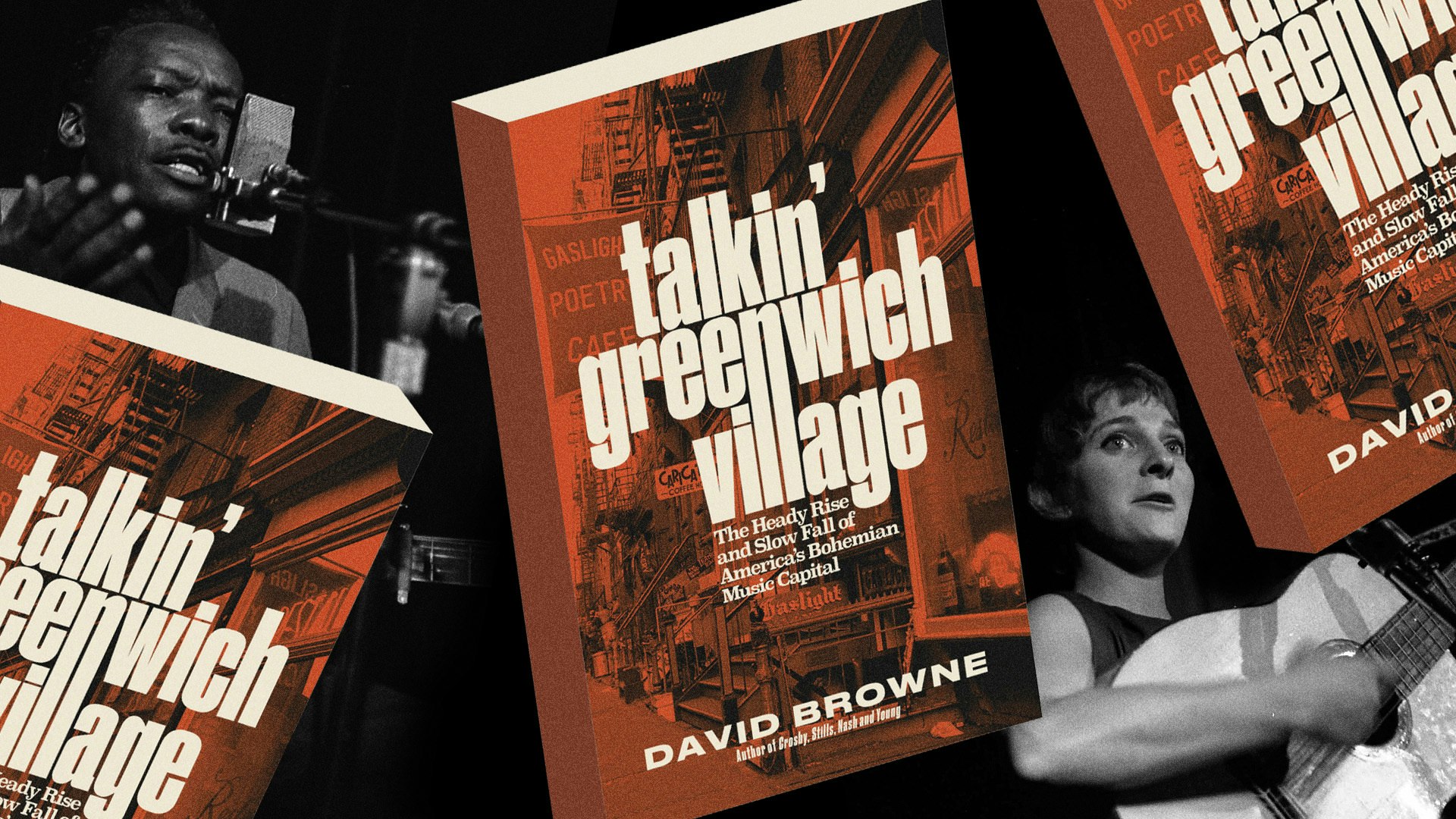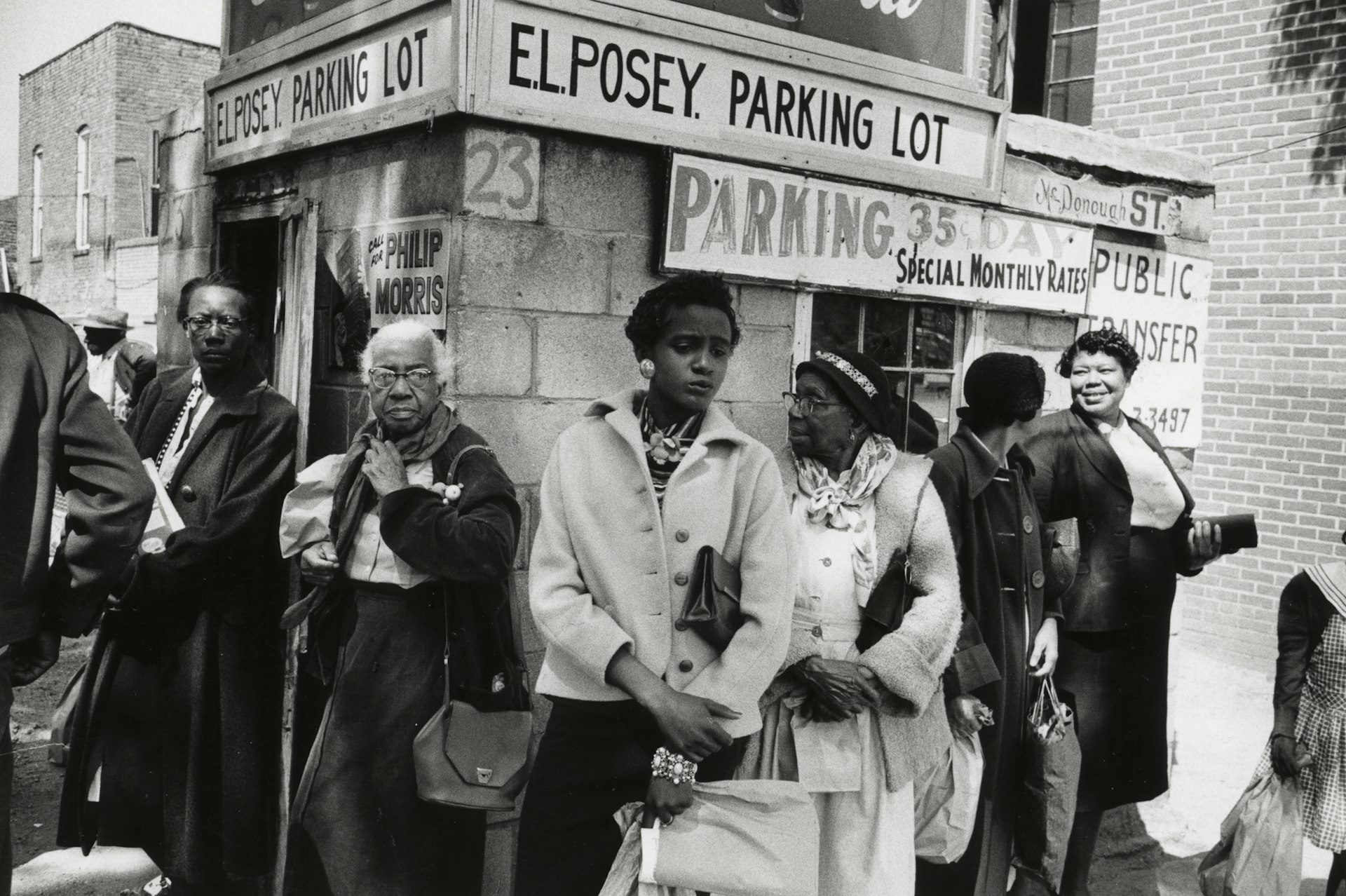What East London looked like in the 1960s
- Text by Niall Flynn
- Photography by David Granick, courtesy of Tower Hamlets Local History Library, Archives

Last year, when photographer Chris Dorley-Brown was invited to examine the Tower Hamlets Local History Library & Archives, he stumbled upon thousands of old colour slides belonging to local, East End photographer David Granick.
Taken between the late 1950s and 1980, the photos – untouched, unseen and unpublished – warmly captured the post-war streets of Stepney, Whitechapel and Spitalfields, at a time when monochromatic depictions were the norm. Galvanised by the discovery, Dorley-Brown registered as a volunteer at the facility and quickly set to work scanning and organising the collection.
“The collection has about 3,000 slides going back to the fifties,” explains Dorley-Brown, “but they have been well preserved. Many had been unseen for fifty years or more.”

 The result is The East End in Colour 1960 – 1980, a bittersweet love letter to a bygone London, made up of Granick’s distinctive images. Spanning a period that opens with the post-war boom and concludes with the first signs of Thatcherism, the book, published by Hoxton Mini Press, encapsulates a critical period in the city’s history: a London on the cusp of change.
The result is The East End in Colour 1960 – 1980, a bittersweet love letter to a bygone London, made up of Granick’s distinctive images. Spanning a period that opens with the post-war boom and concludes with the first signs of Thatcherism, the book, published by Hoxton Mini Press, encapsulates a critical period in the city’s history: a London on the cusp of change.
“The East End is well documented photographically, [but] nearly always in monochrome,” Dorley-Brown continues. “Those images have defined our perspective of the period: stark, foggy and loaded with political agitation and unrest.”
“Granick takes a step back. Shooting in colour, we are presented with a very different matrix of information. Colour does that, it’s a different language. It’s really astonishing how few colour images survive from that era. They have a modern sensibility to them – they are minimal, topographic.”

 In his work, Granick – who died in 1980, aged 67 – entangles the old world with the new. From the swaggering vibrancy of the Mile End high street to the distinct loneliness of the docklands, there’s a strength and spirit to the work that illustrates East London as it once was. Through the photos, the East End of then is – for a moment, at least – brought back to life.
In his work, Granick – who died in 1980, aged 67 – entangles the old world with the new. From the swaggering vibrancy of the Mile End high street to the distinct loneliness of the docklands, there’s a strength and spirit to the work that illustrates East London as it once was. Through the photos, the East End of then is – for a moment, at least – brought back to life.
“They are the pictures of an insider, with an emotional but reserved response. What he has left is unique: a tribute to a lost paradise.”





 The East End in Colour 1960-1980 is available now via Hoxton Mini Press. The book coincides with an exhibition running 3 February – 5 May, 2018 at Tower Hamlets Local History Library & Archives.
The East End in Colour 1960-1980 is available now via Hoxton Mini Press. The book coincides with an exhibition running 3 February – 5 May, 2018 at Tower Hamlets Local History Library & Archives.
Enjoyed this article? Like Huck on Facebook or follow us on Twitter.
Latest on Huck

In the ’60s and ’70s, Greenwich Village was the musical heart of New York
Talkin’ Greenwich Village — Author David Browne’s new book takes readers into the neighbourhood’s creative heyday, where a generation of artists and poets including Bob Dylan, Billie Holliday and Dave Van Ronk cut their teeth.
Written by: Cyna Mirzai

How Labour Activism changed the landscape of post-war USA
American Job — A new exhibition revisits over 70 years of working class solidarity and struggle, its radical legacy, and the central role of photography throughout.
Written by: Miss Rosen

Analogue Appreciation: Emma-Jean Thackray
Weirdo — In an ever more digital, online world, we ask our favourite artists about their most cherished pieces of physical culture. Today, multi-instrumentalist and Brownswood affiliate Emma-Jean Thackray.
Written by: Emma-Jean Thackray

Meet the shop cats of Hong Kong’s Sheung Wan district
Feline good — Traditionally adopted to keep away rats from expensive produce, the feline guardians have become part of the central neighbourhood’s fabric. Erica’s online series captures the local celebrities.
Written by: Isaac Muk

How trans rights activism and sex workers’ solidarity emerged in the ’70s and ’80s
Shoulder to Shoulder — In this extract from writer Jake Hall’s new book, which deep dives into the history of queer activism and coalition, they explore how anti-TERF and anti-SWERF campaigning developed from the same cloth.
Written by: Jake Hall

A behind the scenes look at the atomic wedgie community
Stretched out — Benjamin Fredrickson’s new project and photobook ‘Wedgies’ queers a time-old bullying act by exploring its erotic, extreme potential.
Written by: Isaac Muk